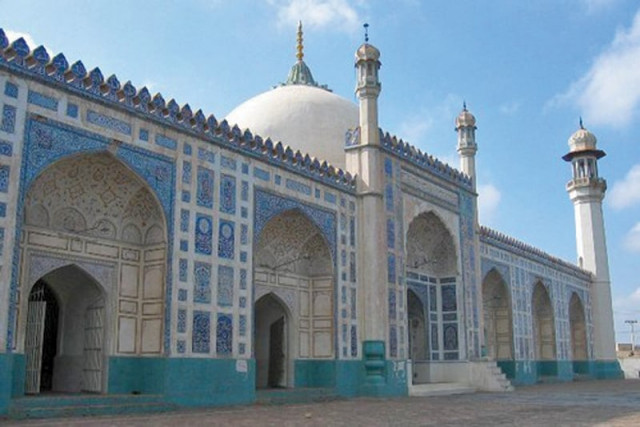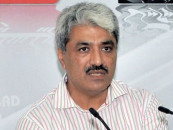Eidgah Mosque: Restored spirituality
Sikh rulers restricted holding prayers and other religious ceremonies in mosque

Sikh rulers restricted holding prayers and other religious ceremonies in mosque.
The 17th century structure was built by Mughal Emperor Aurangzeb Alamgir and was restored years later by the then Governor of Multan Nawab Abdul Samad Khan. It consists of conventional architectural pattern due to its visibly tall minarets.
Suri, Khilji mosques: forgotten masterpieces of architecture
The mosque served as a place to help spread Islam in the region. Eidgah Mosque was the first of its kind to be constructed in Multan. In his effort to strengthen Islam in the region, Aurangzeb commissioned his craftsmen to build the mosque. The structure was erected with the help of architects and locals, who used techniques which were a combination of Persian, Sikh and Islamic architectural patterns, symbols and motifs.
In its current form, the mosque shows traces of the then prominent mughal culture leaving its imprint on the budding Islamic way of life. It is a blend of cultures with its typical domes and minarets.
In 1726, Nawab Abdul Samad Khan Torani was elected as the governor of Multan, who played a vital role in restoration of Eidgah Mosque. He remained on the post till 1737.
During Sikh rule, the vintage masterpiece faced major damage. The Sikh rulers made certain restrictions regarding holding prayers and other religious ceremonies in the mosque and later turned it into their army headquarter and a place for keeping weapons. For some time, the mosque also served as a place to lodge royal guests.
After the resignation of Governor Diwan Mulraaj Chopra, the leader of the Sikh rebellion against the British, two English men who had come from Lahore to dismiss his charge, stayed at Eidgah Mosque. However, on April 19, 1848, both the officers were assassinated inside the mosque.
IAPEX-2017: Development projects 'must not damage heritage'
After the Sikhs attacked British forces in Multan, the structure suffered damage and its roof and walls were partially destroyed. Later, when the British took control of the region, they established Dewan courts and a deputy commissioner’s office in the mosque.
When the Muslim rulers conquered the region, they opened the grand mosque for the people to offer prayers. After few years of establishment of Pakistan, famous writer and poet Mukhtar Masood increased the area of Eidgah Mosque.
Published in The Express Tribune, August 14th, 2017.



















COMMENTS
Comments are moderated and generally will be posted if they are on-topic and not abusive.
For more information, please see our Comments FAQ